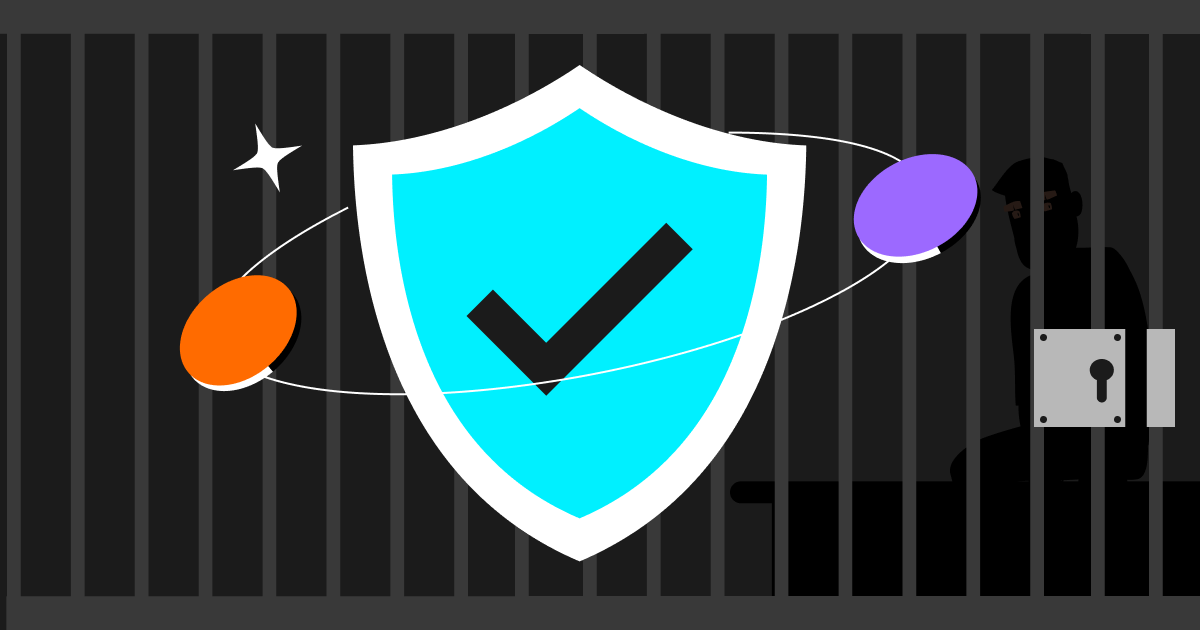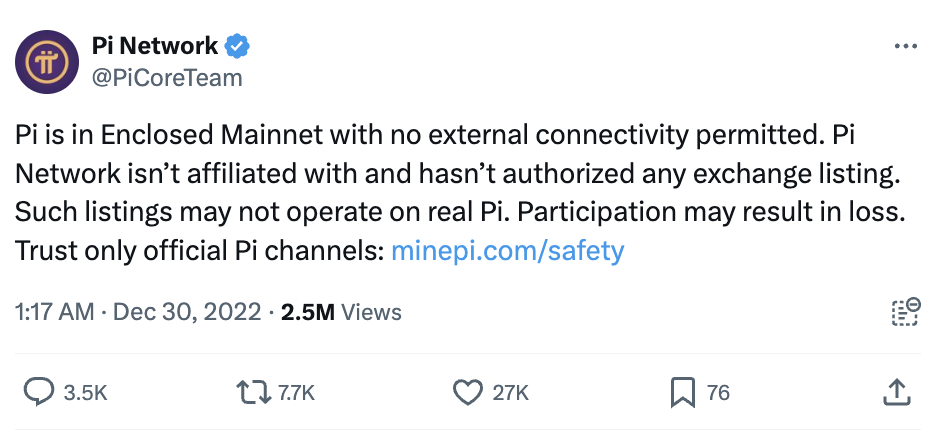Crypto trends

Is Pi Network (PI) a Scam? Unveiling the Truth Behind This Digital Currency
Beginner
2024-02-29 | 5m
In recent years, the cryptocurrency market has seen the emergence of numerous digital currencies, each promising unique benefits and innovations. Among these, Pi Network has sparked considerable interest and debate. With over 100 million app users as of February 2024, Pi Network claims to democratize cryptocurrency mining, making it accessible to anyone with a smartphone. But with its mainnet still not fully operational and its coin not available for trading on major exchanges, questions about its legitimacy persist. This article delves into the essence of Pi Network, how it operates, its current status in the trading world, and the ongoing debate about its legitimacy.
What Is Pi Network (PI)?
Pi Network is a digital currency project that aims to simplify cryptocurrency mining and make it accessible to broader users. Unlike traditional cryptocurrencies that require significant computational power to mine, Pi Network allows users to mine coins directly from their mobile devices, promoting a more inclusive approach to cryptocurrency participation.
Developed by a team of Stanford graduates, Pi Network was launched with the vision of creating a user-friendly and eco-friendly digital currency. The project began in 2018 and quickly gained traction due to its novel approach to mining, which does not require expensive hardware or consume large amounts of electricity like
Bitcoin (BTC).
The founding team of Pi Network includes Dr. Nicolas Kokkalis, Dr. Chengdiao Fan, Vincent McPhillip, and Aurelien Schiltz. Their backgrounds in computer science, social computing, and community building have significantly influenced the network's design and ethos, emphasizing user engagement and accessibility.
How Pi Network (PI) Works
Pi Network's mining mechanism is designed to be lightweight and energy-efficient, enabling users to earn Pi tokens by simply interacting with the app on a daily basis. This process, referred to as "mobile mining," does not perform traditional cryptographic calculations but instead relies on a consensus algorithm to distribute rewards.
Users participate in the Pi Network ecosystem through various roles:
-
Pioneers: Regular users who mine Pi by logging into the app and validating their presence.
-
Contributors: Users who contribute to the network's security by forming security circles with other trusted participants.
-
Ambassadors: Individuals who introduce new users to the Pi Network, expanding the network's reach and engagement.
-
Nodes: Tech-savvy users who operate nodes on the network, supporting its infrastructure and stability.
Pi Network employs a consensus mechanism based on the Stellar Consensus Protocol (SCP), which is designed to be more efficient and less resource-intensive than the Proof of Work (PoW) system used by Bitcoin. Users can mine Pi coins by participating in the network through the Pi Network app. The mining process is activated by the user's engagement with the app, requiring no technical expertise or active participation.
Is Pi Network (PI) Available for Trading?
Despite the buzz and anticipation surrounding Pi Network, its native token, Pi, remains officially unavailable for trading on recognized cryptocurrency exchanges. This status quo was highlighted in late December 2022, when excitement surged due to reports of Pi Network being listed on exchanges. Notably, platforms such as Huobi and XT.com were mentioned in discussions, with
Huobi even announcing the listing of a PI/USDT trading pair. However, these developments were not what they seemed at first glance.
On the morning of December 30, 2022, Pi Network officially confirmed that it remains in the closed mainnet phase and has not authorized any exchange to list its token for trading. This announcement indicates that the PI tokens available on these exchanges do not represent the official Pi Network digital asset. Instead, what is being traded on these platforms is essentially "IOU (I Owe You)," where the exchanges indicate that they owe traders the equivalent amount of PI once the mainnet becomes operational and the token becomes officially tradable.

The situation highlighted a significant challenge for the Pi Network community and potential investors. The excitement over the supposed listings led to speculative trading, with the price of PI on Huobi surging to as high as 62 USDT. However, without the ability to deposit or withdraw Pi, and with the mainnet launch date still unannounced, these trading activities were speculative and not grounded in the token's actual utility or market presence.
The Great Debate: Pi Network a Scam or a Legitimate Opportunity?
Is it too good to be true? In the case of Pi Network, many argue that this might indeed be the case. Critics of the network are quick to highlight the absence of a live mainnet and the unavailability of a tradable token as significant red flags. They express concerns over the project's legitimacy, pointing out that despite a user base of over 100 million, the network has yet to demonstrate any tangible value or utility for its Pi token. The speculative frenzy on exchanges like Huobi and XT.com, where Pi price surged to 62 USDT based on IOU agreements, is often cited as evidence of an unsustainable hype, disconnected from the project's actual progress and raising alarms about its viability.
On the flip side, Pi Network's advocates present a different narrative. They emphasize the platform's innovative approach to mining and its strong community engagement as signs of a legitimate endeavor to democratize cryptocurrency. The network's gradual and cautious development strategy is defended as a thoughtful approach to ensure long-term stability and success. Supporters are drawn to the promise of an accessible digital currency and are hopeful that the forthcoming mainnet launch will validate their trust and patience, transforming Pi into a viable and widely accepted form of payment.
As debates continue, the future of Pi Network hangs in the balance, hinging on its ability to transition to an open mainnet and to define clear, compelling use cases for its digital currency. Until these critical milestones are reached, the question of whether Pi Network is "too good to be true" will remain open, with the network's ultimate success or failure likely to provide a definitive answer. As of this writing, the network reported significant progress toward these goals, with millions of users having completed KYC verification and a growing number of
Pi apps in development.
Disclaimer: The opinions expressed in this article are for informational purposes only. This article does not constitute an endorsement of any of the products and services discussed or investment, financial, or trading advice. Qualified professionals should be consulted prior to making financial decisions.
Share

How to sell PIBitget lists PI – Buy or sell PI quickly on Bitget!
Trade nowRecommended
We offer all of your favorite coins!
Buy, hold, and sell popular cryptocurrencies such as BTC, ETH, SOL, DOGE, SHIB, PEPE, the list goes on. Register and trade to receive a 6200 USDT new user gift package!
Trade now

